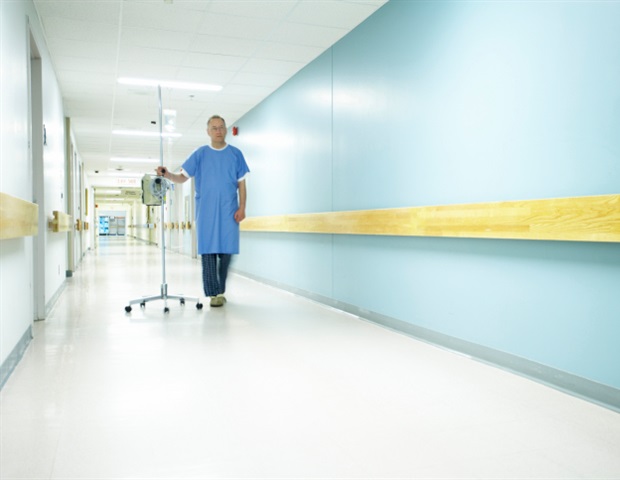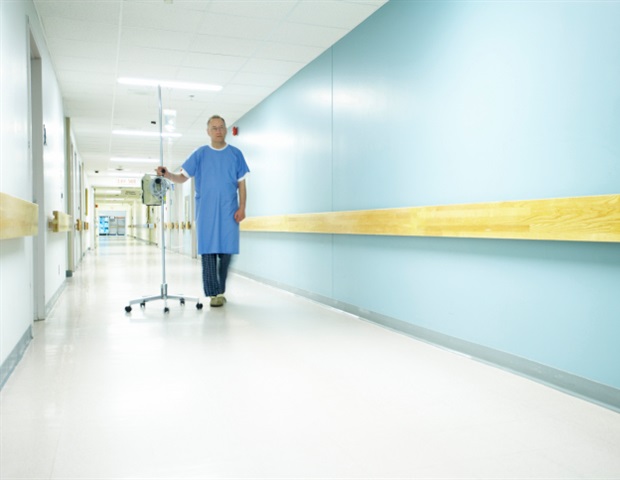Innovative robotic lung transplant performed at NYU Langone Health
Surgeons at NYU Langone Health performed the first fully robotic lung transplant in the nation. The procedure marks a new milestone in surgical innovation and patient care, making NYU Langone only the third program in the world to use a robotic system in a lung transplant surgery.
Stephanie H. Chang, MD, associate professor in the Department of Cardiothoracic Surgery at the NYU Grossman School of Medicine and surgical director for the Lung Transplant Program, part of the NYU Langone Transplant Institute, led the minimally invasive procedure to transplant a man’s right lung, using the da Vinci Xi robotic system at each stage. She created small incisions between the ribs on the right side of the chest and then used the robotic system to remove the lung, prepare the surgical site for implantation, and implant the new lung. The second lung was done through an open incision on the patient’s left side.
“This approach to lung transplantation requires smaller incisions for the patient and is an overall less invasive approach compared to the traditional open chest procedure,” said Dr. Chang, who was joined by two colleagues in her department, Travis C. Geraci, MD, assistant professor, and Eugene A. Grossi, MD, the Stephen B. Colvin, MD, Professor of Cardiothoracic Surgery. “The goal is to reduce pain, improve recovery time, and provide a better hospital experience for our patients.”
Being able to continue innovating in the interest of delivering lifesaving organs to our patients is what makes our transplant programs truly unique. The dedication to advancing transplantation is shared across all disciplines and partners of NYU Langone, and seeing patients walk out of here every day with the ability to live a longer life is what motivates each of us.”
Robert Montgomery, MD, DPhil, the H. Leon Pachter, MD, Professor of Surgery, chair of the Department of Surgery, and director of the NYU Langone Transplant Institute
The NYU Langone Transplant Institute performed 76 lung transplants in 2023 and was rated best in the nation for lung survival after transplant and getting patients off the waitlist fastest by the Scientific Registry of Transplant Recipients, a national quality tracker overseen by the U.S. Department of Health and Human Services.
“We are grateful to have some of the most talented surgeons in the world, who break barriers and push the boundaries of what is possible for our patients,” said Ralph S. Mosca, MD, the Henry H. Arnhold Chair of Cardiothoracic Surgery, professor in the Departments of Cardiothoracic Surgery and Pediatrics, and co-director of the Pediatric Congenital Heart Program at Hassenfeld Children’s Hospital at NYU Langone. “This latest innovation is a watershed moment in lung transplantation surgery for our country and just the beginning of a new era in patient care.”
Last year, Vall d’Hebron Barcelona Hospital performed the first fully robotic lung transplant in the world. In 2022, Cedars-Sinai Medical Center in Los Angeles performed the first-ever robot-assisted lung transplant by using the robotic system for the final implantation stage. NYU Langone is the first center in the nation to use the robotic system at every stage of lung transplantation.



